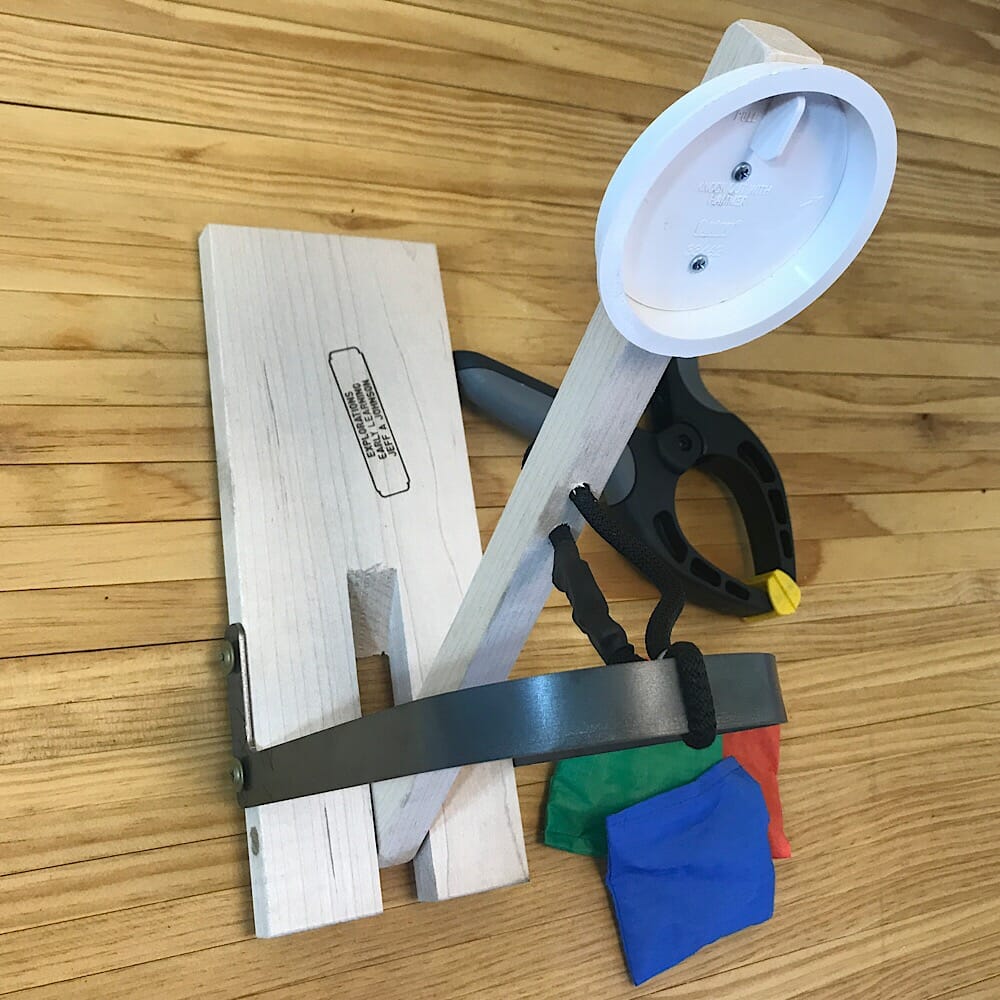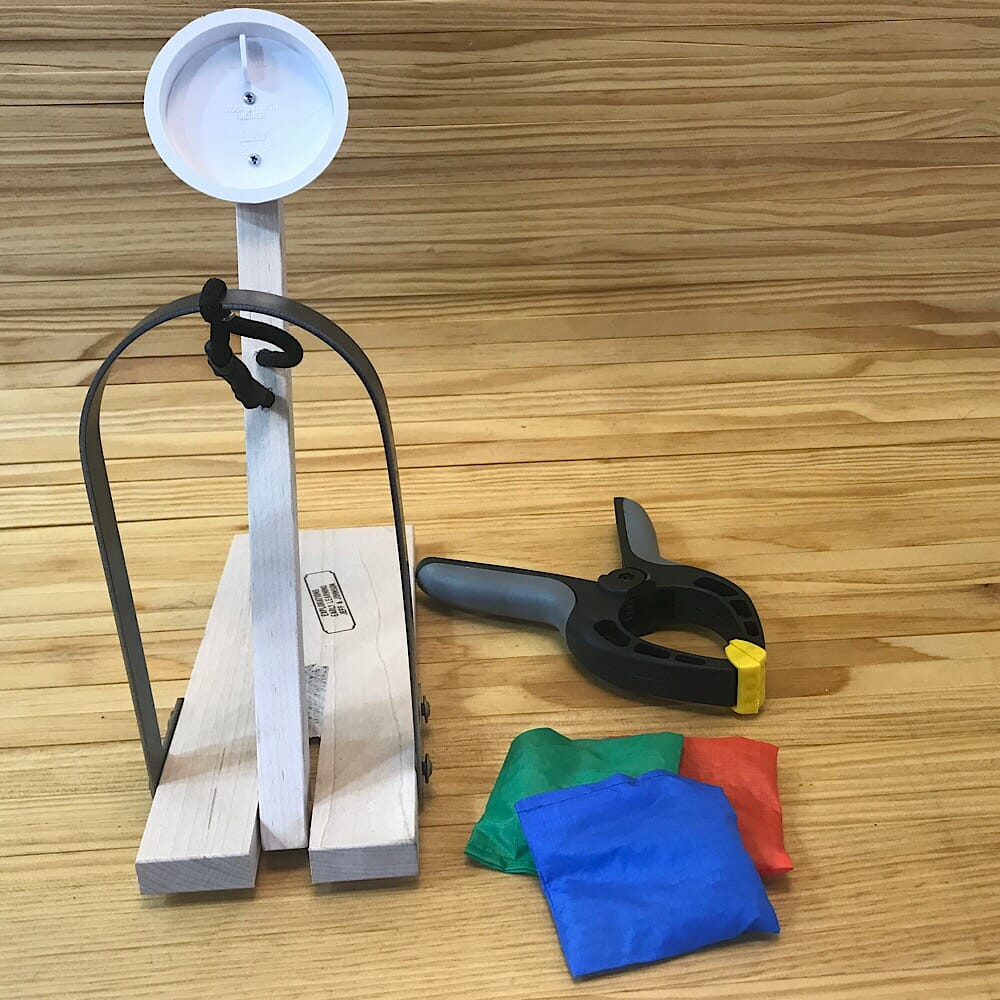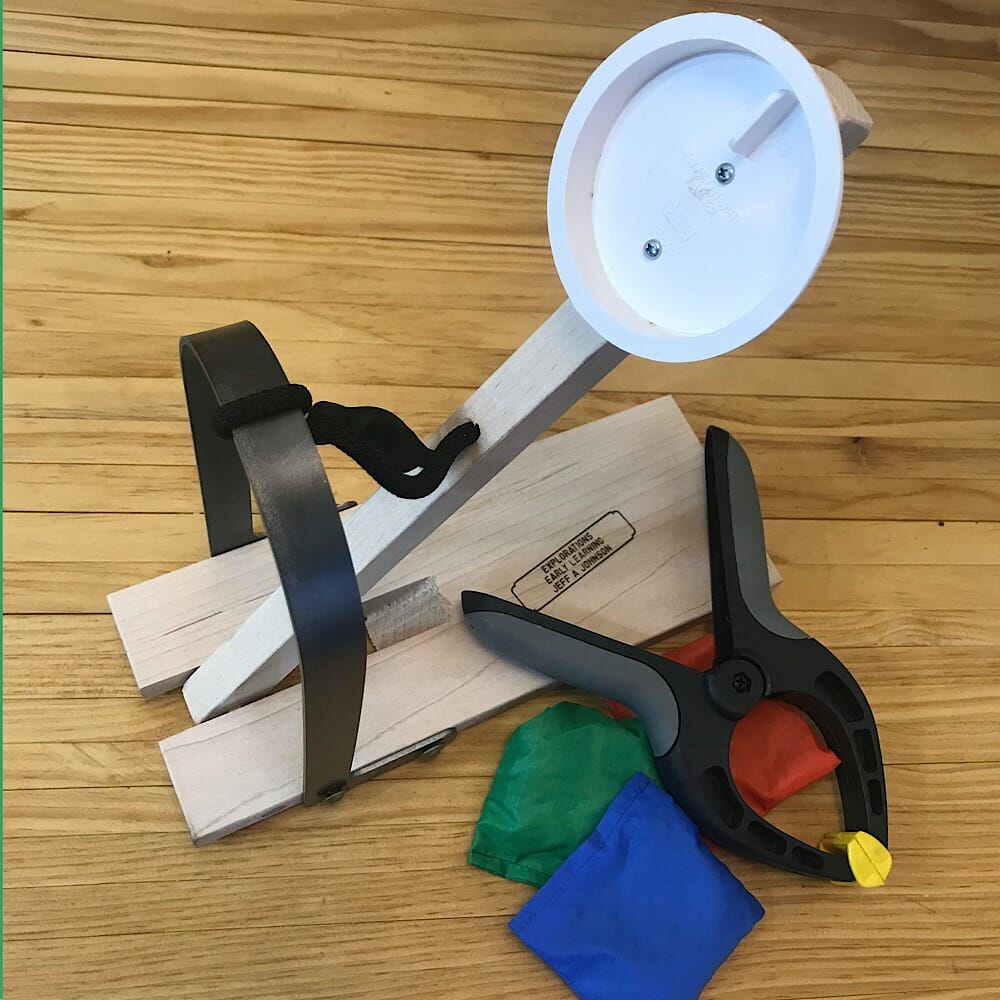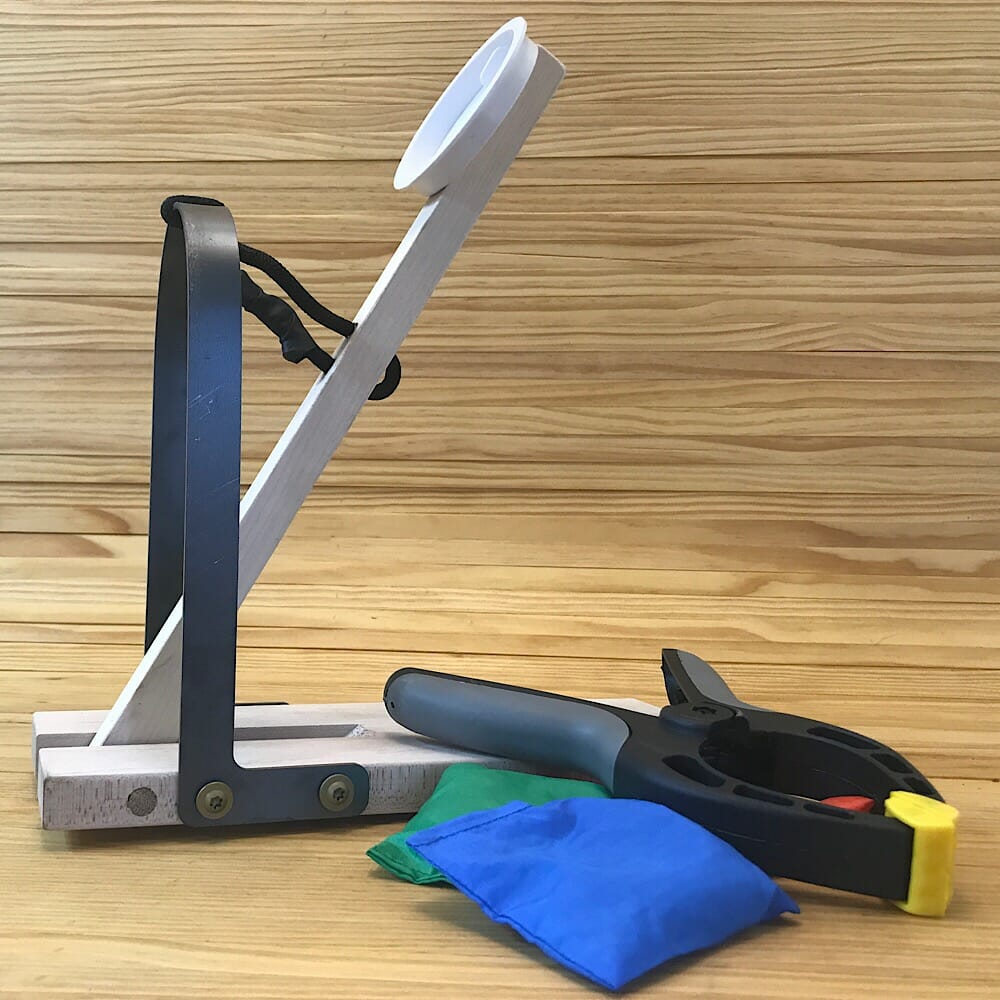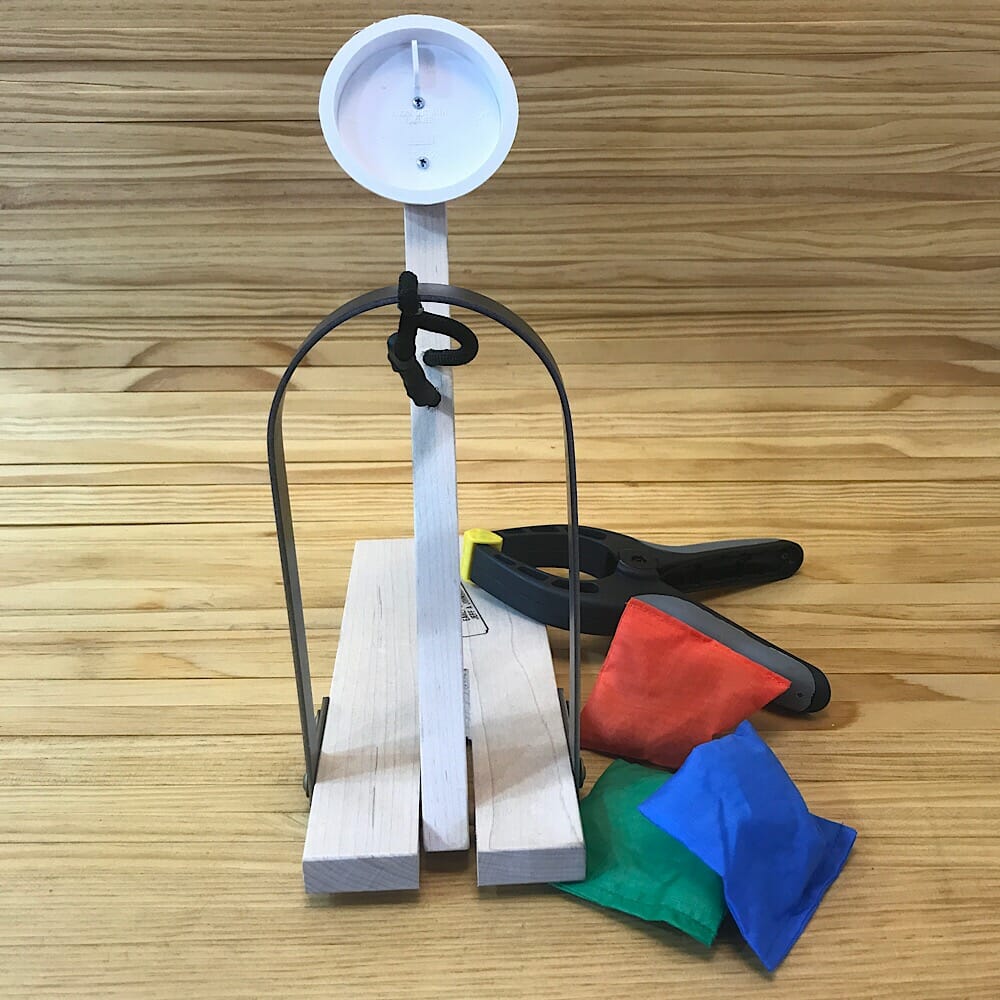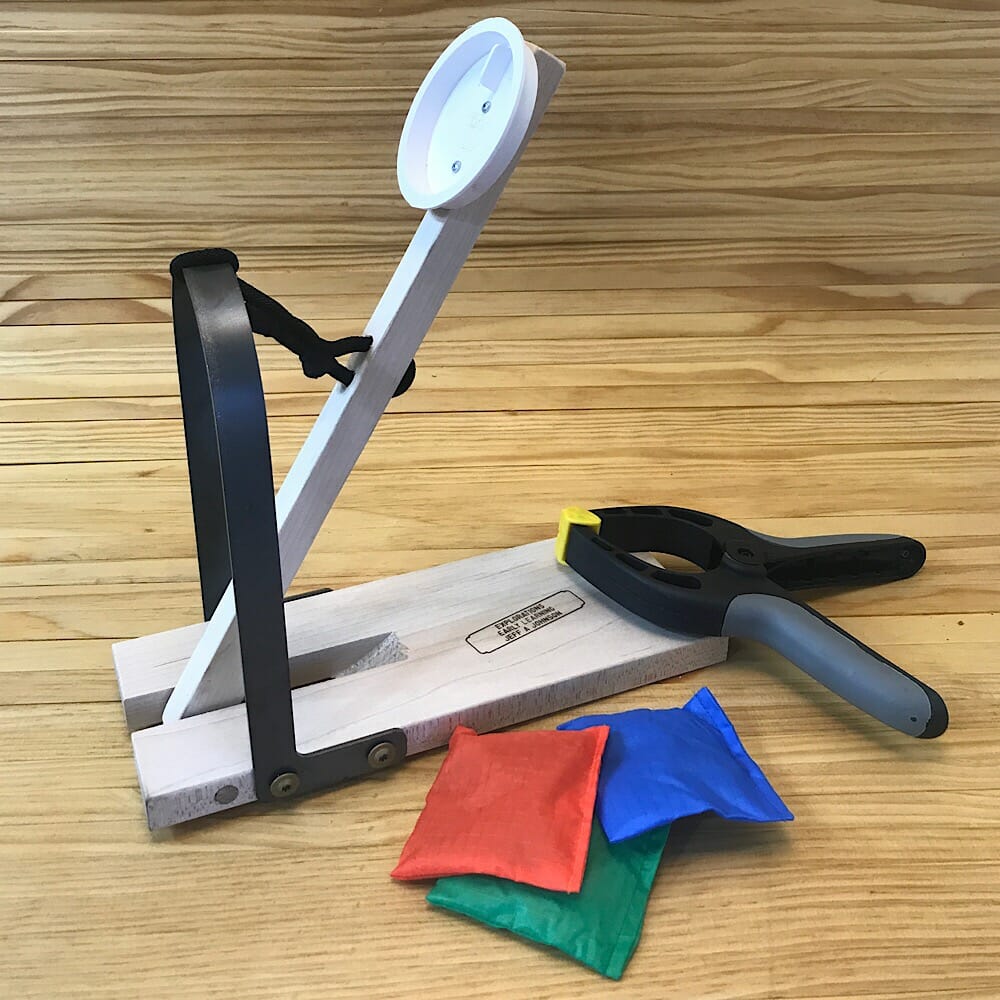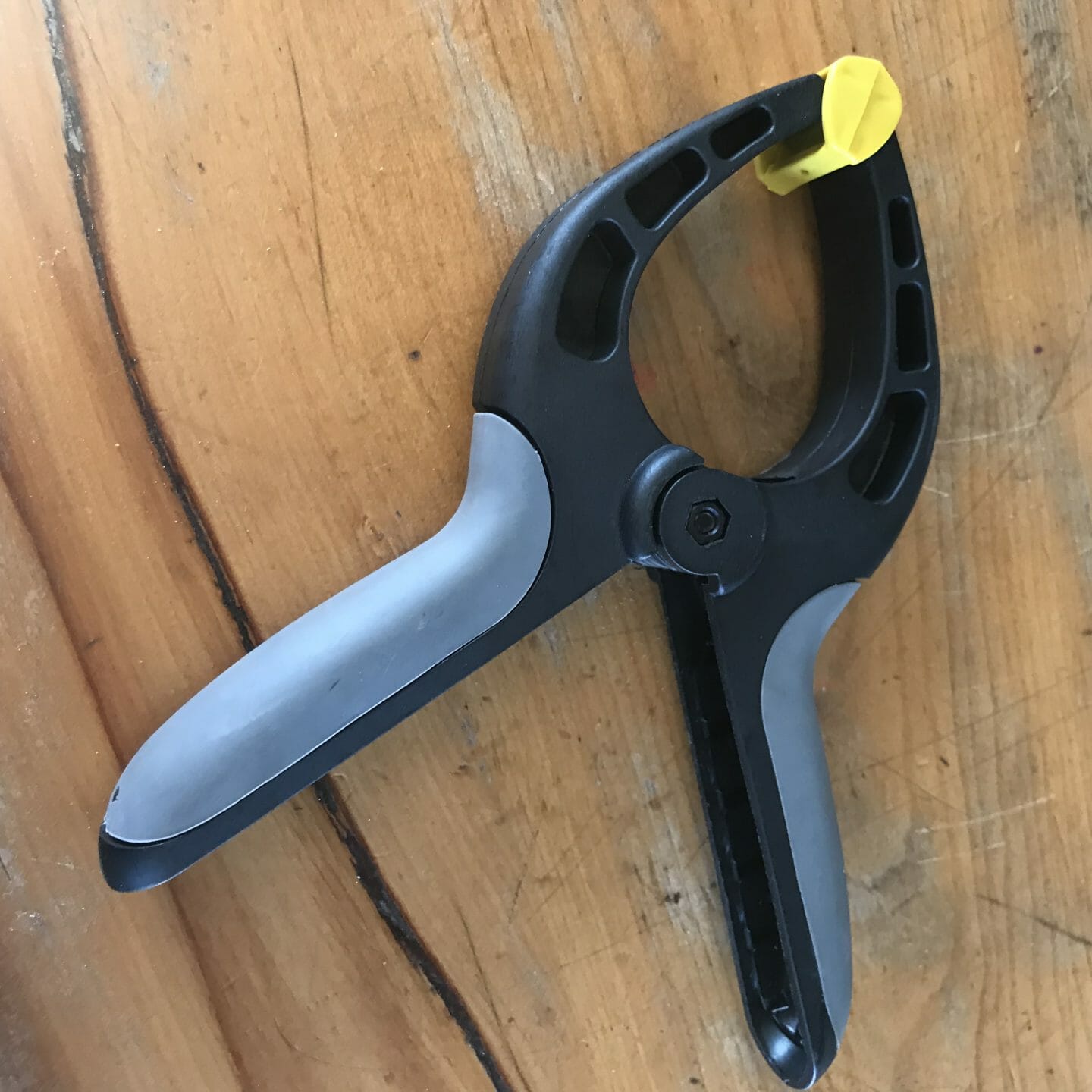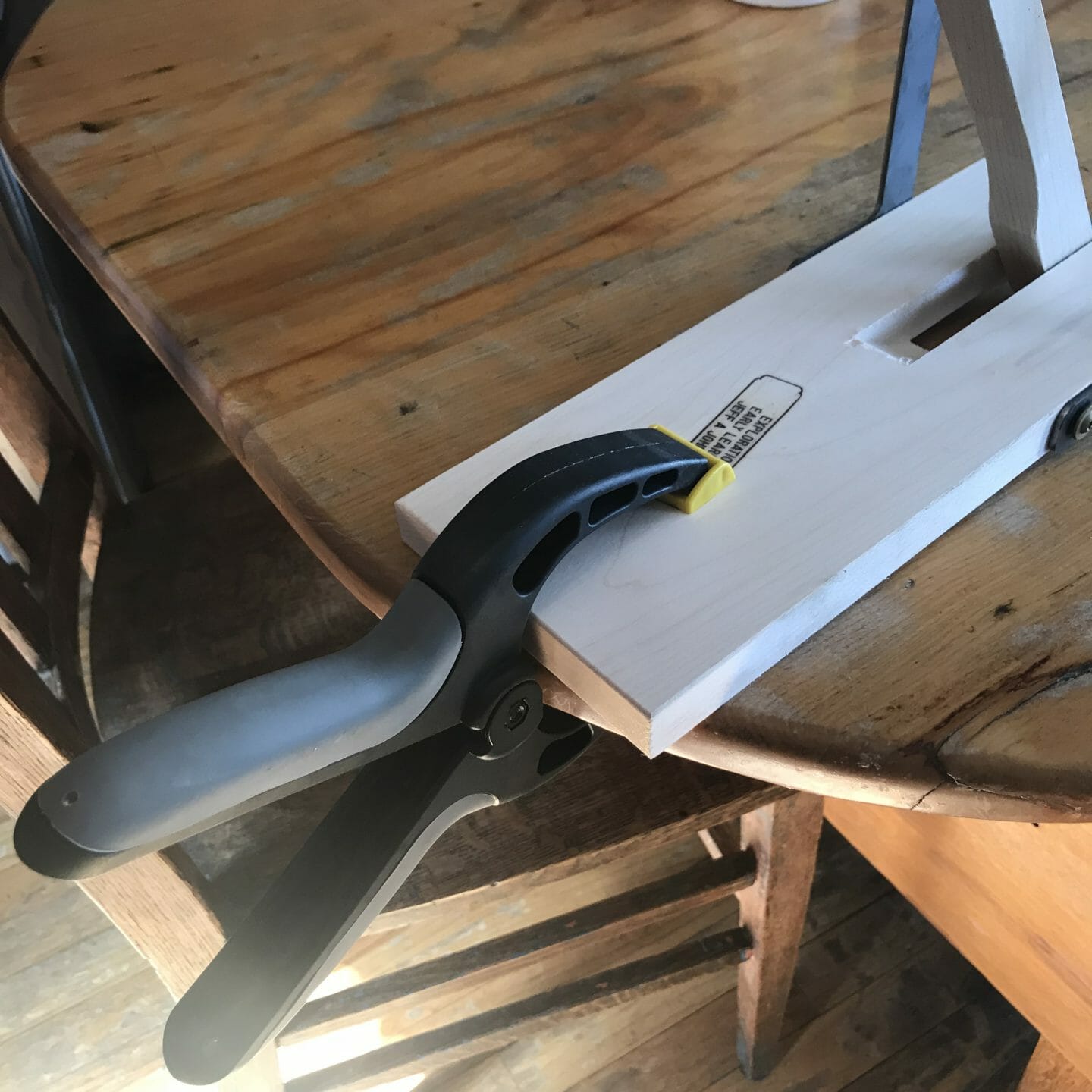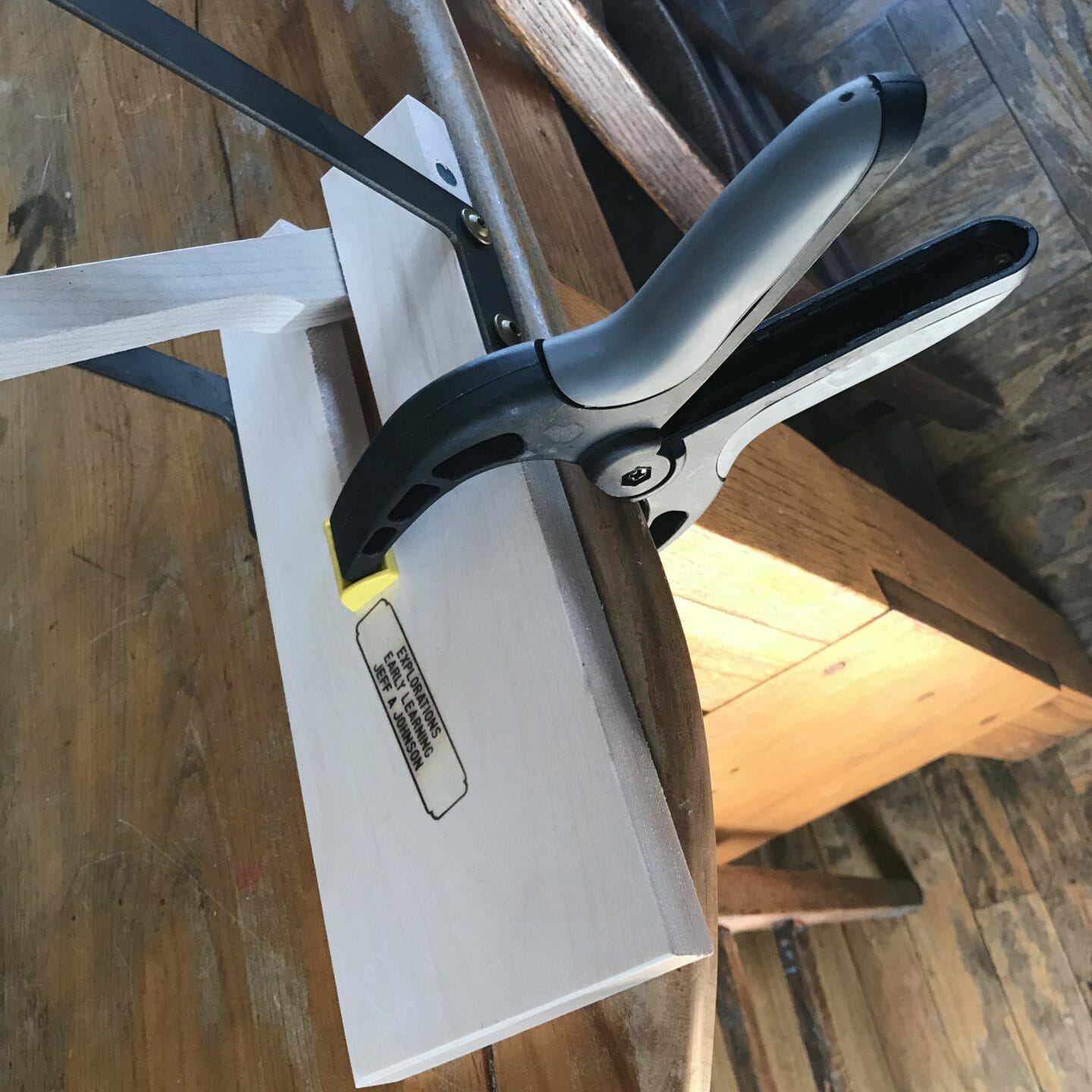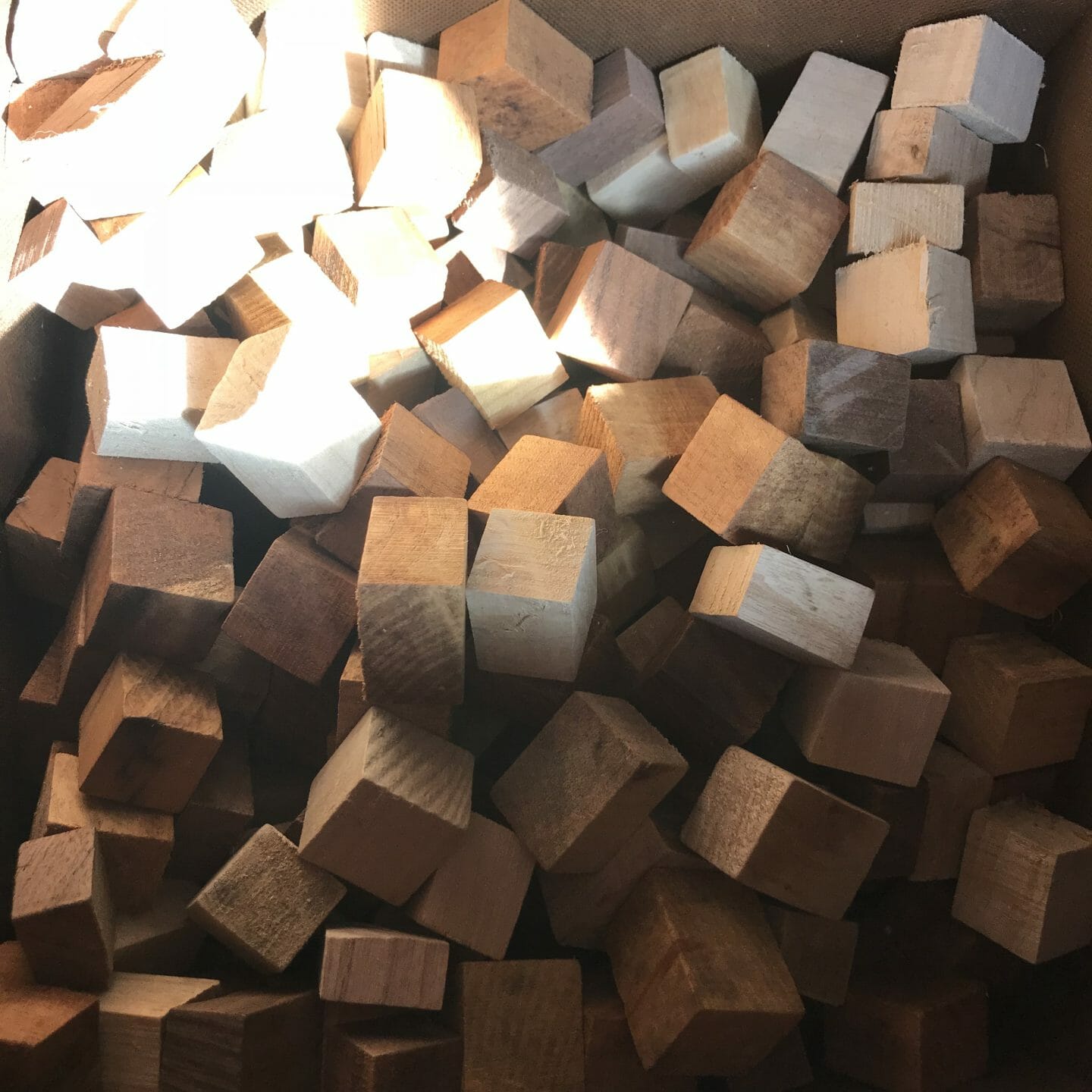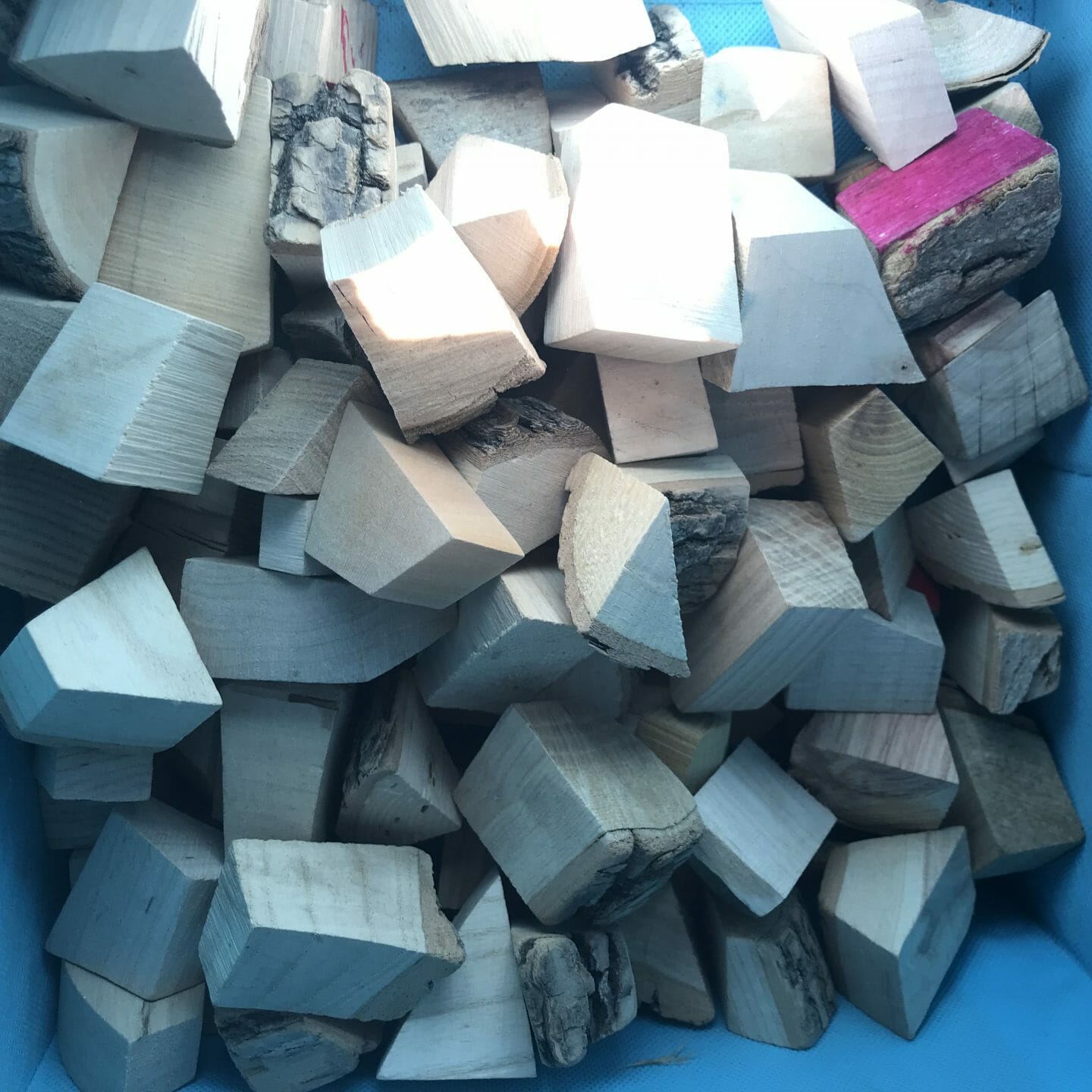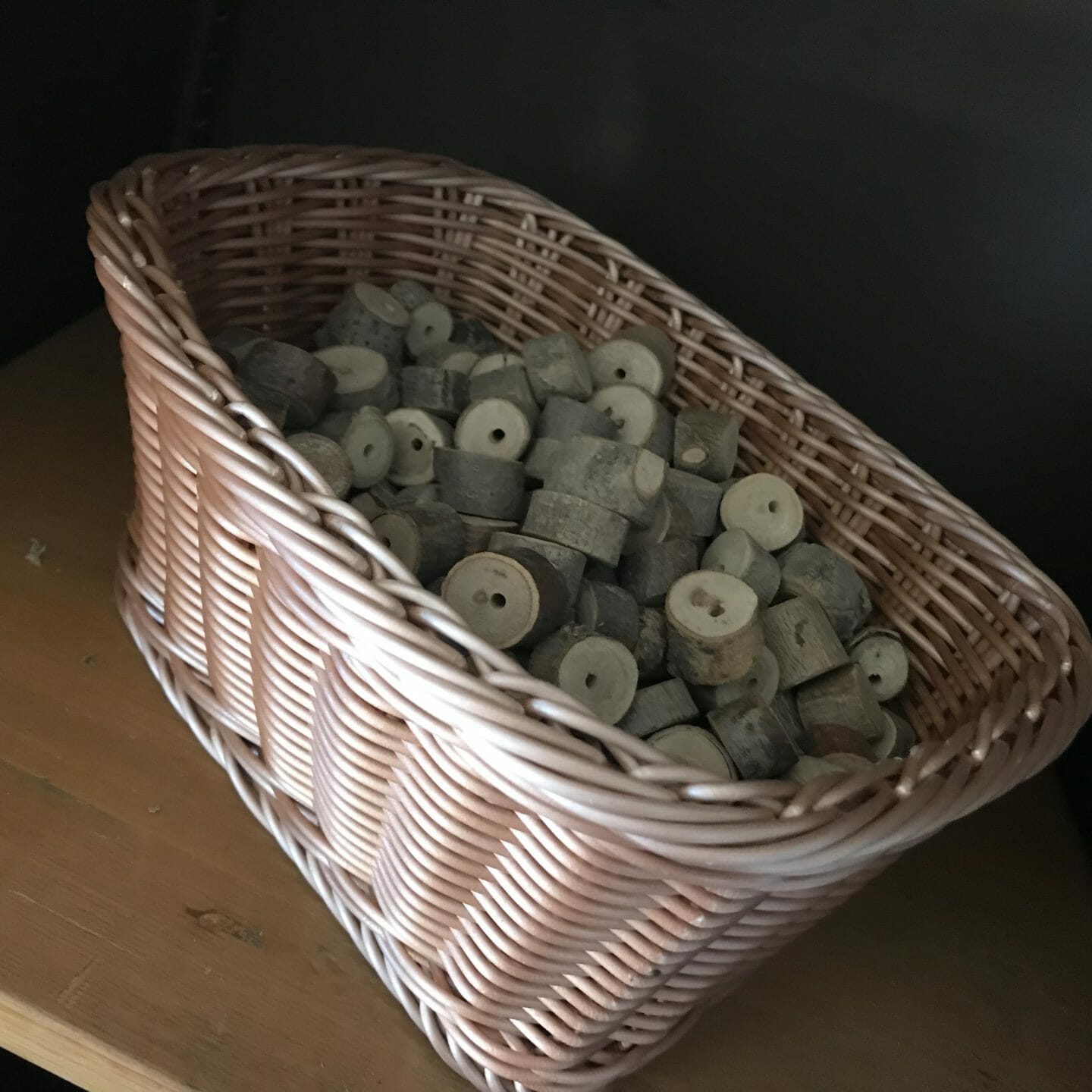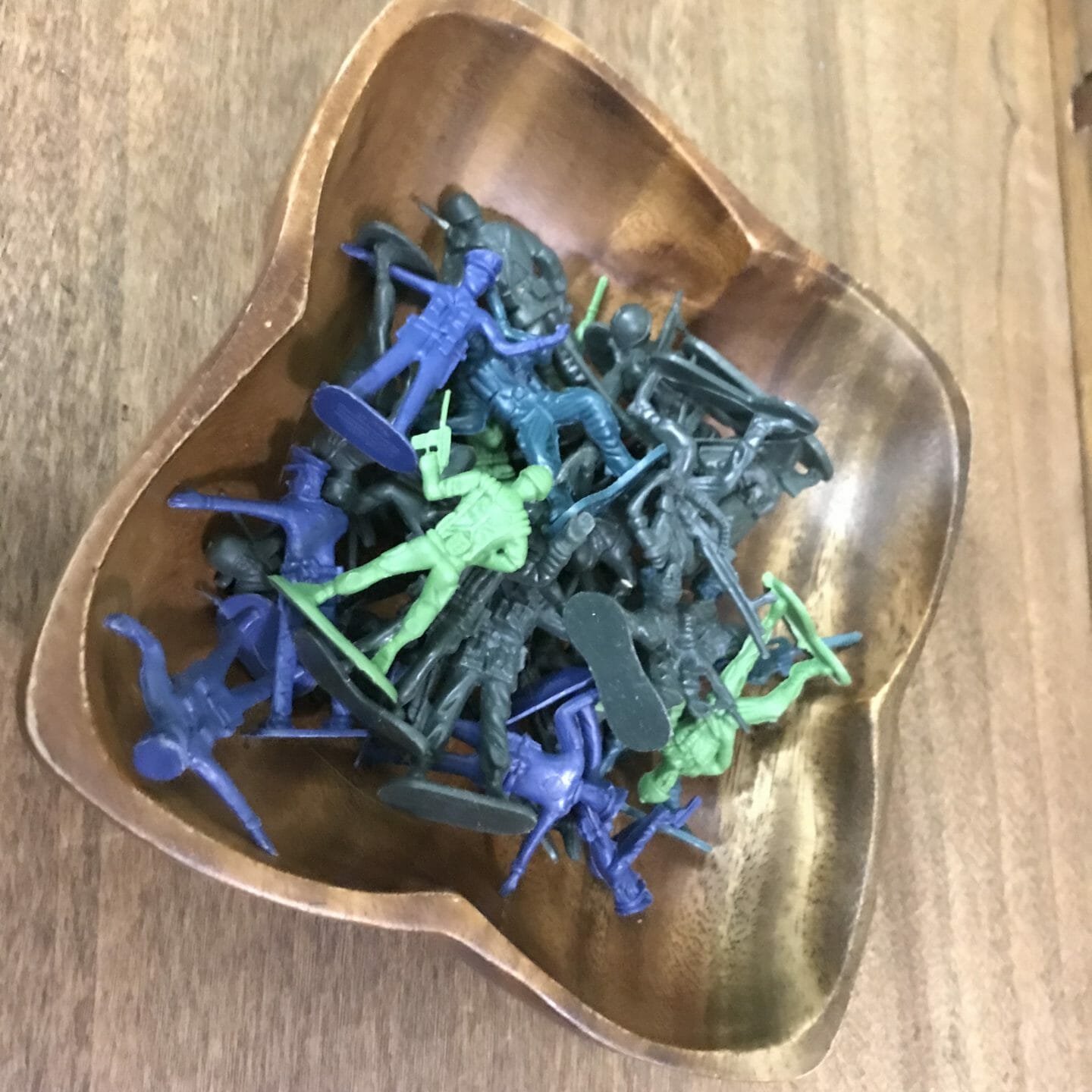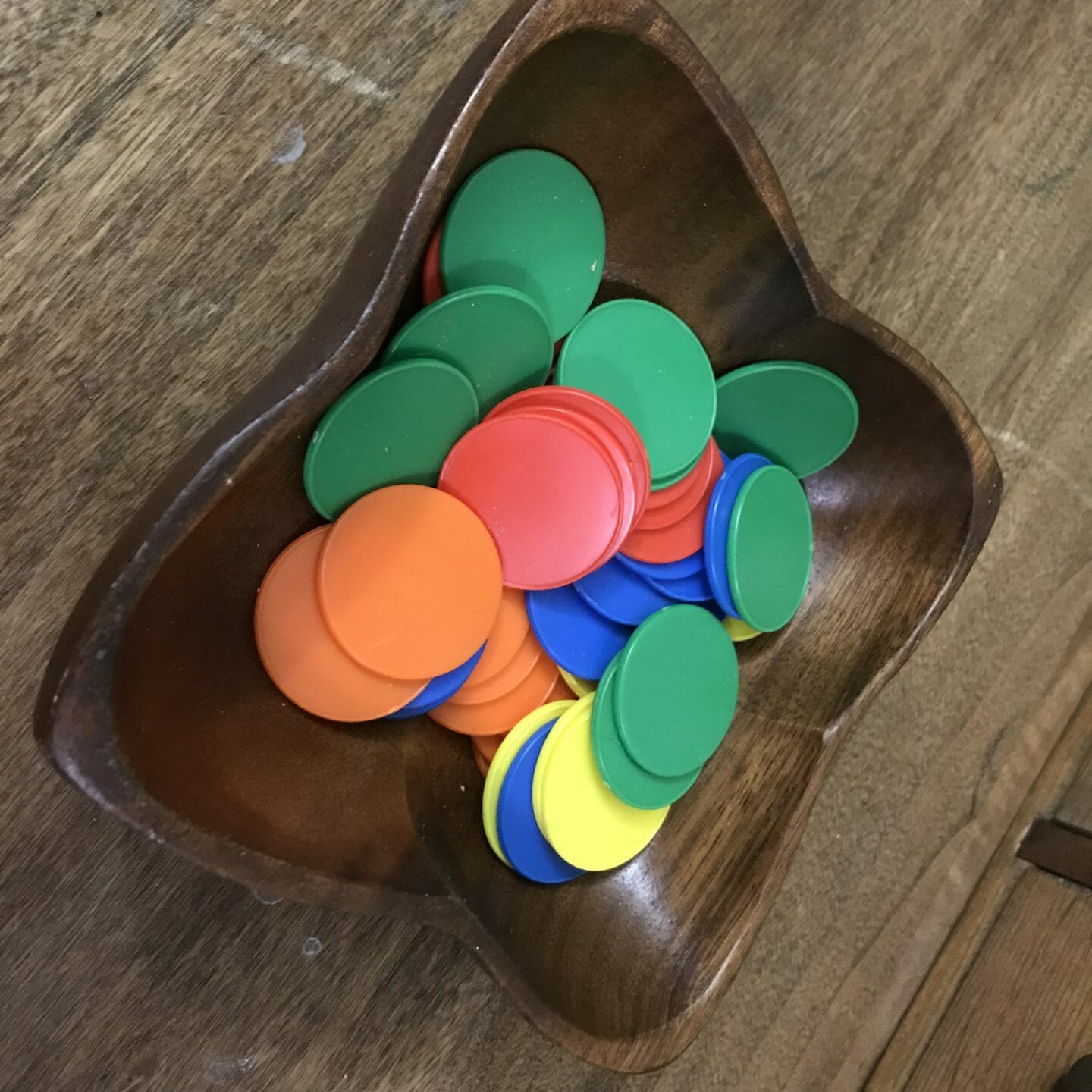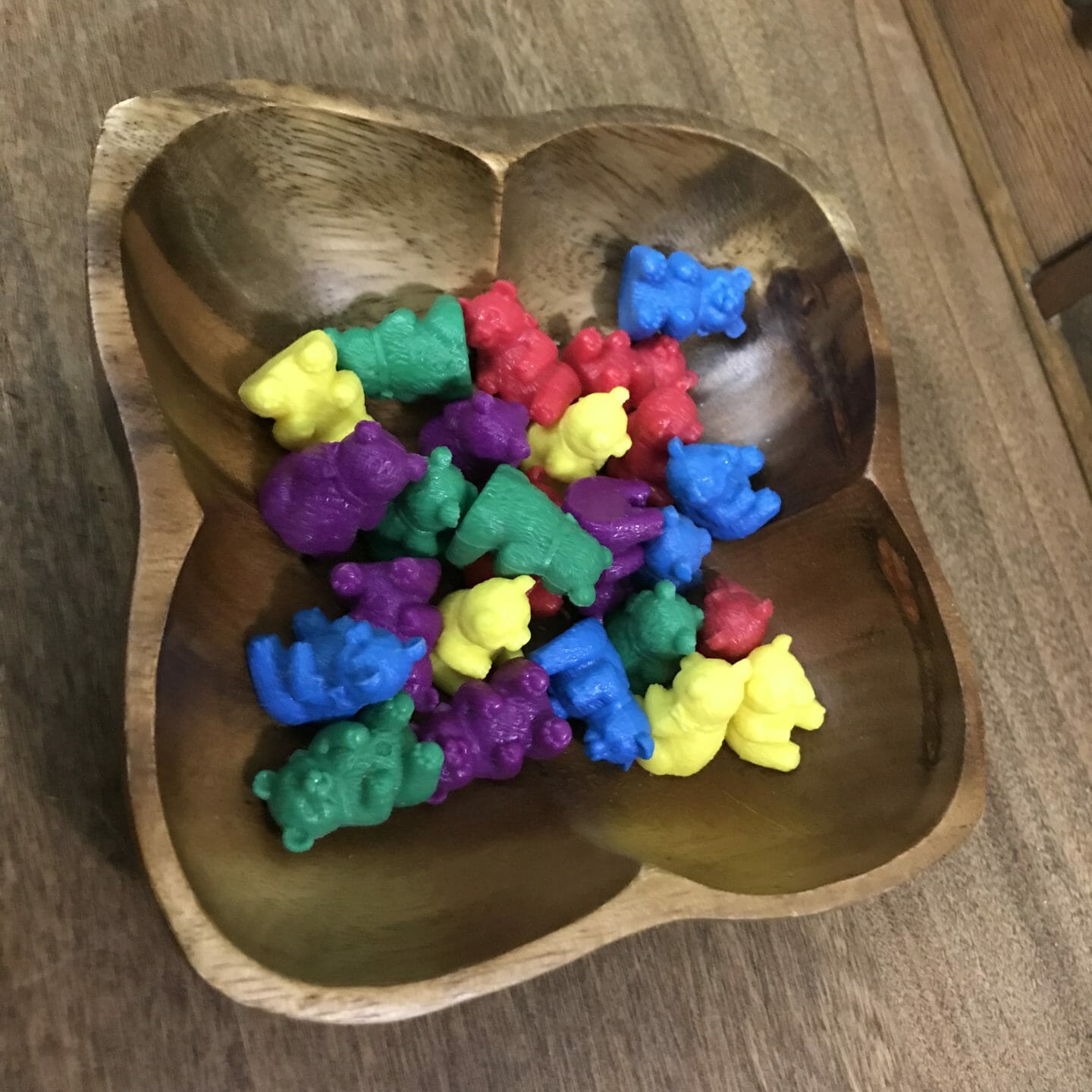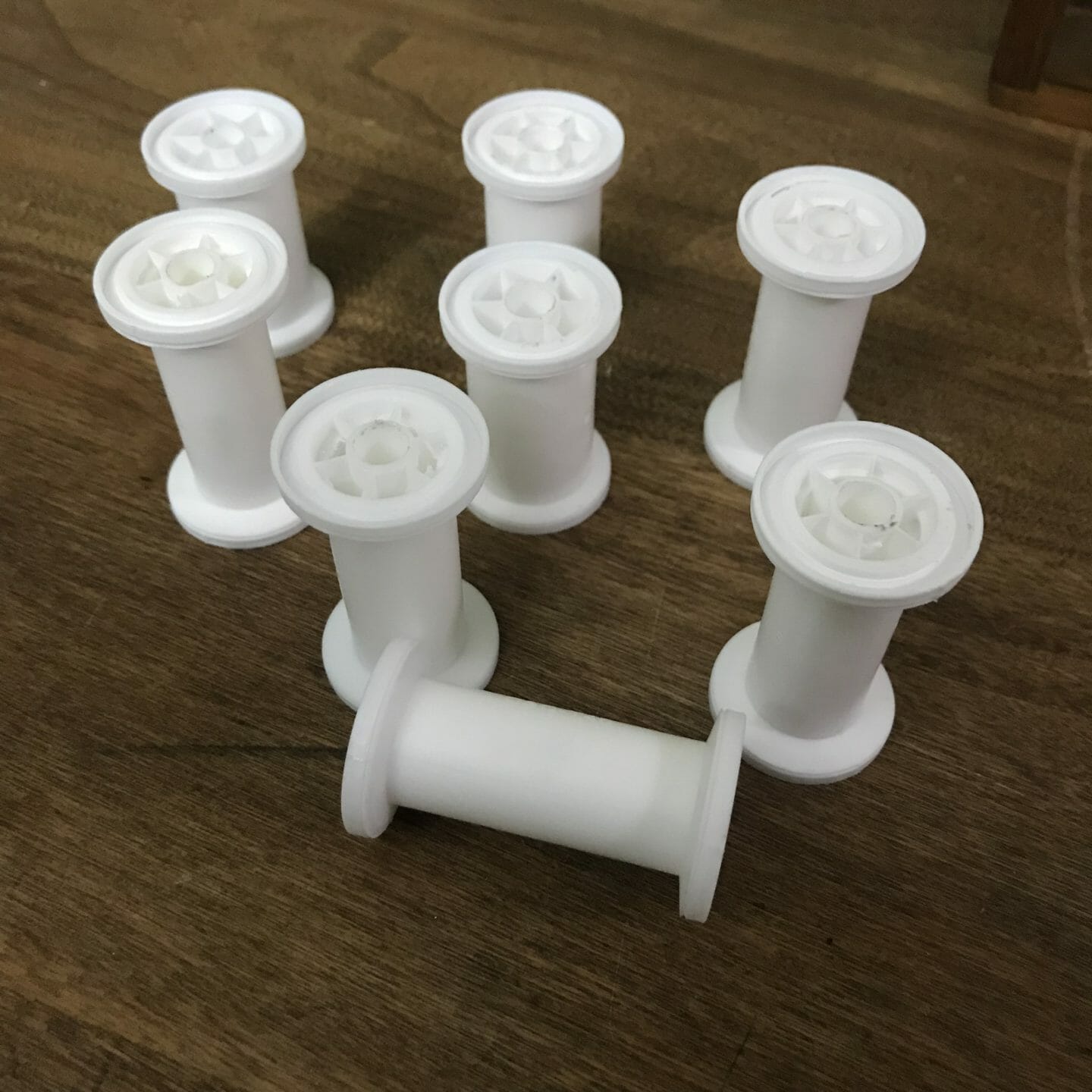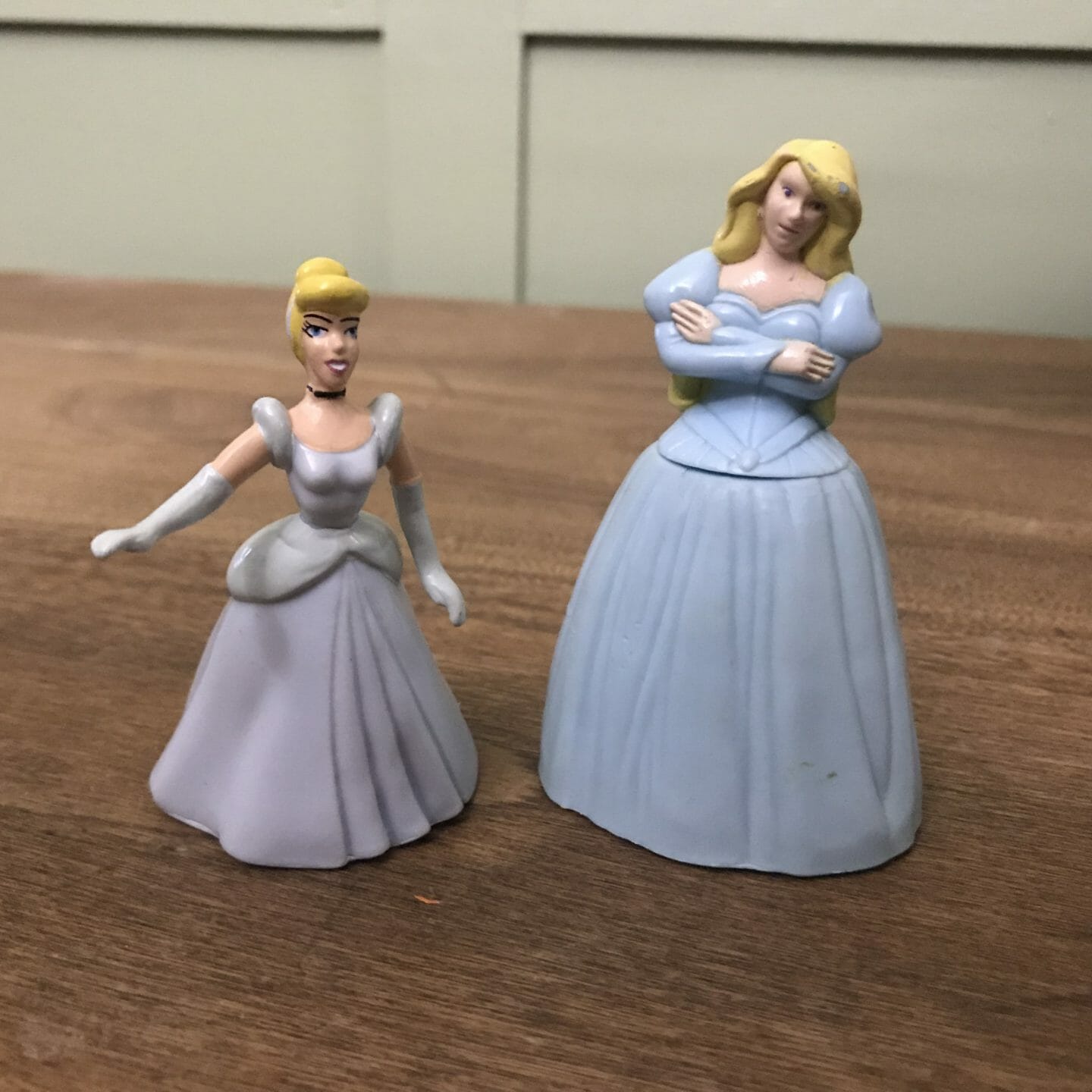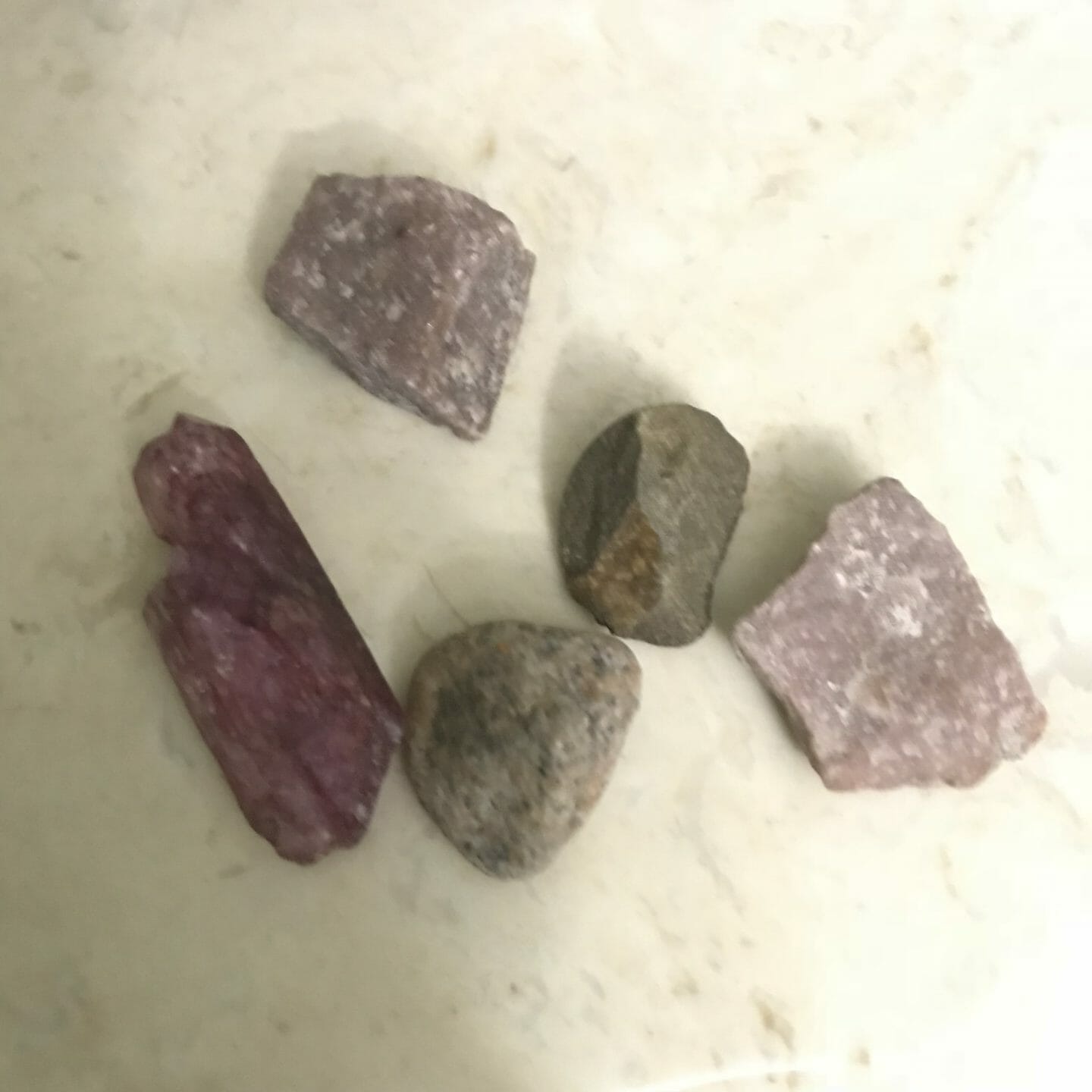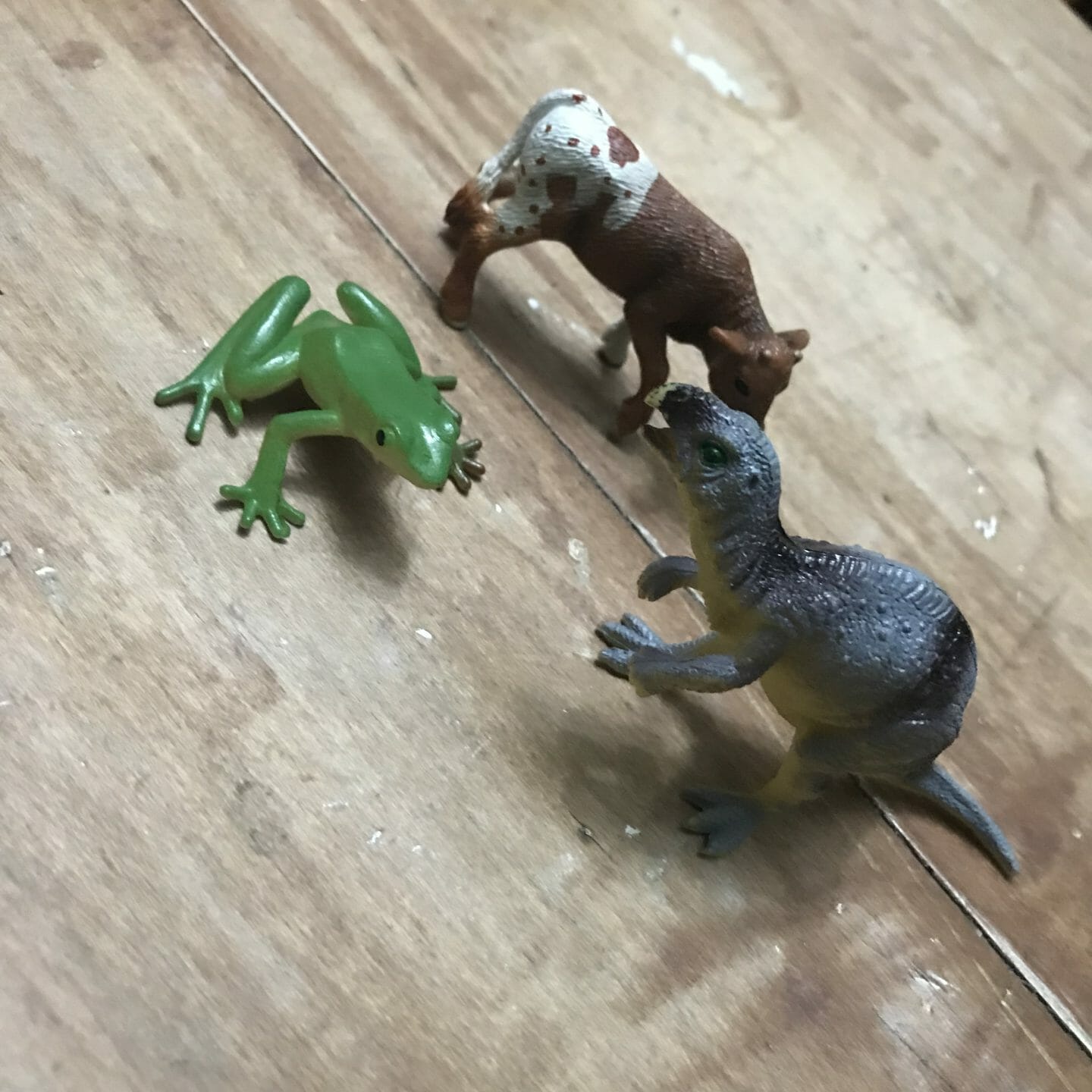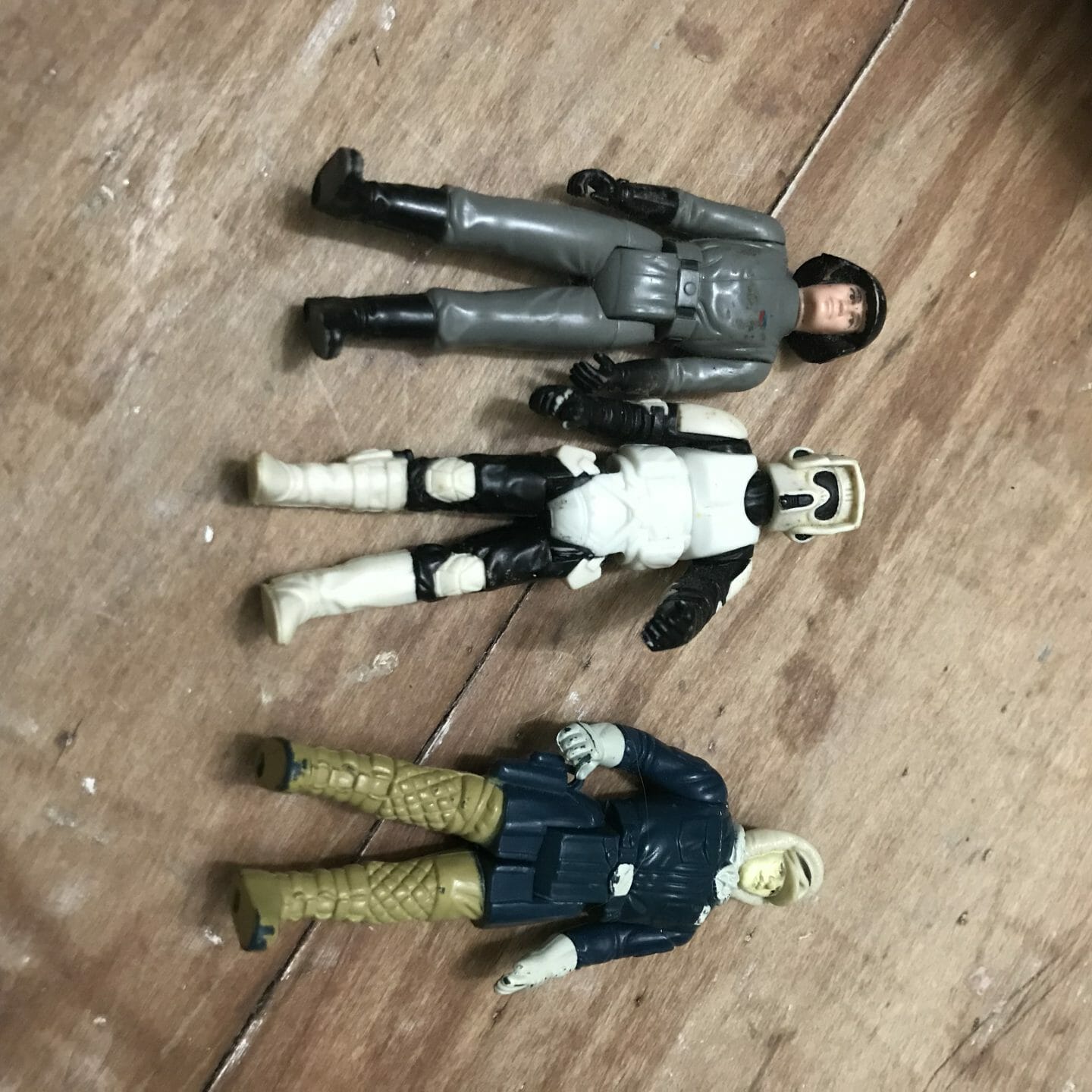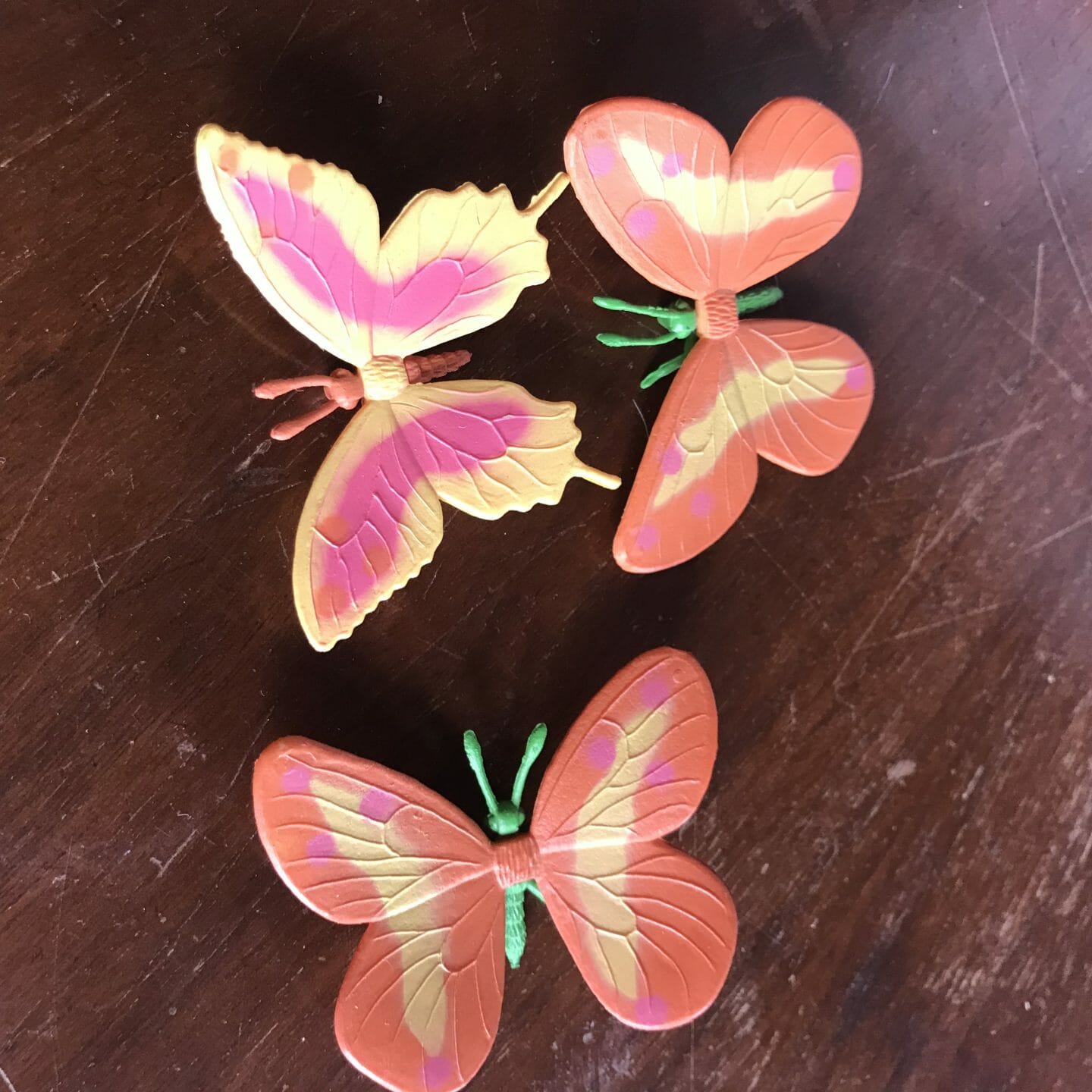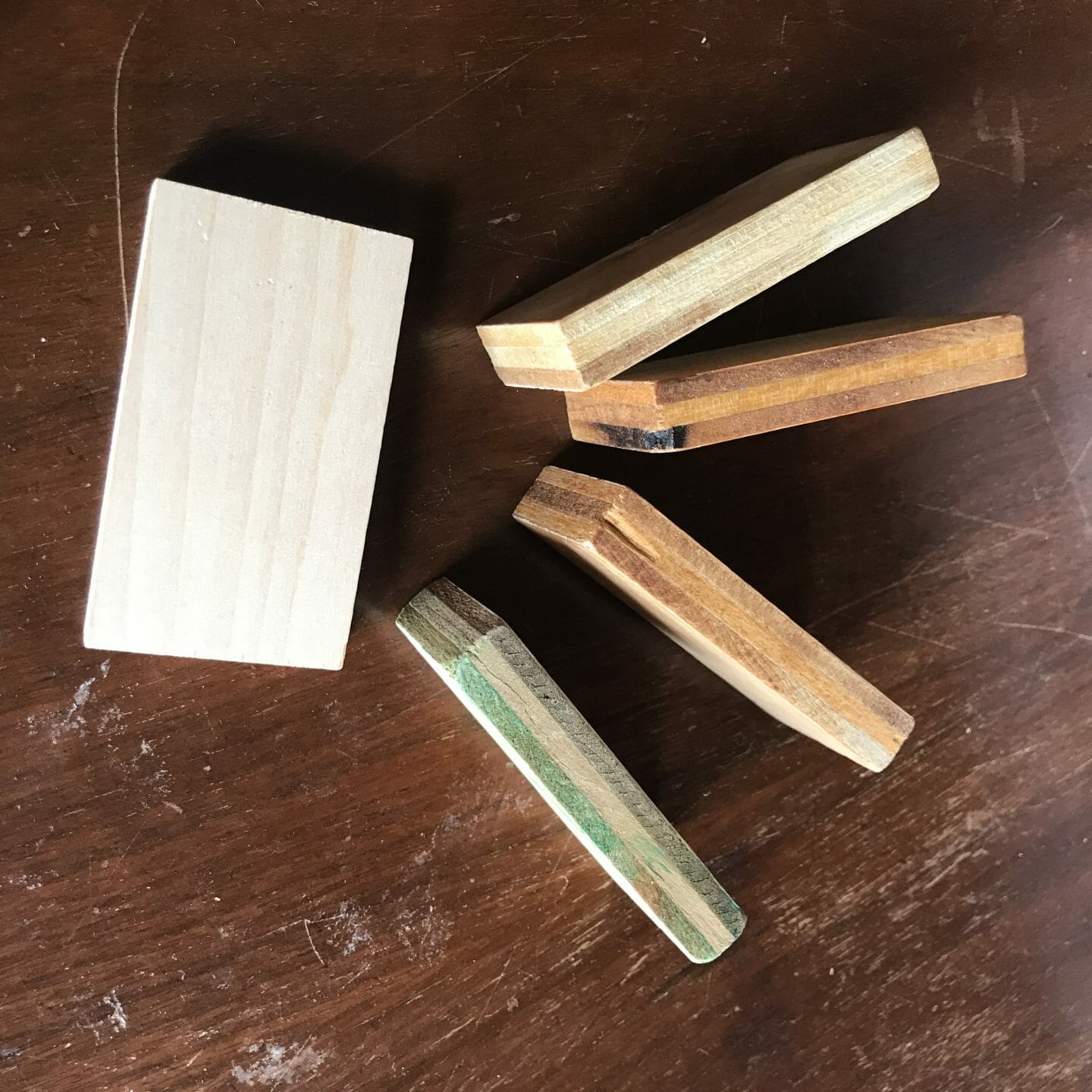These Bean Bag Catapults we designed have been popular both in our early learning program and at play events for years. Kids and adults seem to love watching all kinds of things fly from Here to There. You’ll observe many young children viscerally respond the first time they make a bean bag, stone, or foil ball fly across a room. Their eyes widen, their jaw drops, and their body almost shakes with a desire to do it again.
Bean Bag Catapults are easy to use, and we always recommend people jump in and figure things out for themselves if they are comfortable doing so. That said, we put together this article for the folks who are a bit more comfortable with more support and information.
Setting Up
Before this can happen, you need to set up your space for catapulting. With the goals of keeping everyone safe, happy, and engaged, here are some things to consider:
- Are you launching stuff inside or outside? Either is fine, but launching messy or heavy items outside is probably the best choice. Cleanup is almost always easier outside and heavy items tend to fly farther and are more likely to cause damage. Outside play usually offers more space, making it is less likely catapulting will bother children engaged in other play or inadvertently walk into the line of fire.
- Where will you secure your catapult? Older kids and adults can hold the catapult stable with one and and launch with the other. It’s probably easier in most cases, especially for young children, to clamp the catapult to a tabletop or other surface. Catapults ship with a large clamp for just this purpose. You can clamp from the back or side of the catapult base.
- How old are the kids who are launching? Catapults are fun for kids of all ages. When setting up catapult play, you should consider the ages of the kids doing the launching so you can keep everyone safe. Younger children are more likely to wander in front of a launching catapult, more likely to put catapult payloads in their mouth, and more likely to randomly throw payload items instead of waiting their turn to launch. Toddlers may enjoy watching launches and retrieving payloads more than being the boss of the launches. It may also be necessary to determine who is the boss of launching–will kids take turns?, when does a turn end?, who goes first?
- What are you launching? Your choice of payload can play a part in your setup. Take a moment to consider what setup works best to keep everyone safe and help manage your environment. We’ll suggest payload ideas below.
- Where will your launch land? Pay a bit of attention to where launched items will land. From a safety standpoint, this’ll help prevent broken windows and other potential damage or harm. From a play perspective, where you launch has an impact. For example, launching rocks into a pond or wading pool is a lot more exciting than launching them into the lawn.
- What about payload retrieval? How will you get launched items back to the catapult. This doesn’t matter much if you’re launching cotton balls, but if you’re launching heavier items it may be best to wait until all the items are launched before someone retrieves them.
- Can the kids make these decisions? Whenever possible, we recommend the kids who are playing make as many decisions about catapult play as possible. They learn a lot when they handle the setup, pick the payload, and create the rules.
After you’ve set things up, make a couple test launches and see if adjustments are needed. For example, your chosen payload may fly farther than you expected making it necessary to slide the art table out of the way.
What To Launch
While our Bean Bag Catapults come with three ripstop nylon bean bags, the list of potential catapult payloads is nearly endless. Starting off with the bean bags is probably a good way to introduce the catapult and help everyone (kids and adults) get used to catapult play.
When selecting your payload, consider the Payload Continuum. The Payload Continuum ranges from Hard Stuff on one end to Soft Stuff on the other. Hard Stuff flies farther. Soft Stuff doesn’t hurt when it wacks you in the head.
Here’s a short list of things we’ve seen launched:
- Balls of aluminum foil
- Cotton balls
- Barbie doll heads
- Hair scrunchies
- All kinds of balls
- Domino Blocks
- Little Logs
- Stones
- Snow
- Shaving cream
- Ice cream
- Dirt clods
- Mud
- Steel washers
- Water
- Han Solo
- Cinderella
- Sticks
- LEGO
- Popcorn
- Glitter
Sometimes kid will try to launch items that, usually because of their dimensions or mass, don’t fly too well. These attempts could be labeled as failures, but such experimentation is full of learning. Observing what doesn’t work helps kids better understand what does.
More Catapult Ideas
Now that we have covered basic catapult setup and payload ideas, let’s look at some play ideas to keep the playful momentum going.
- How about adding a second catapult? With side-by-side catapults, kids can create games revolving around who can launch identical payloads the farthest–or they can experiment with how far items of different shapes and weights fly. Or how about different objects and seeing which one goes farther. Setting a pair of catapults up on opposite sides of a play space creates an opportunity for playful battle games. For example, each side can set up targets the other team tries to knock down. Letting kids launch balls of yarn from opposite sides of the room is also a lot of fun.
- Want to get messy? Try launching colored water (we like this food coloring), mud, or diluted paint at a hanging absorbent tarp. To do this, you’ll need to place your payload in a small and lightweight container–we’ve tried lots of options and like condiment cups best. After the play ends and the tarp dries, it can be hung as a piece of art. If you want even more mess, how about letting kids launch at each other instead of a tarp? Or combine messy play with two catapults and let two teams of kids launch at each other? These are what many parents would call ‘outside play’–probably a good idea in most situations.
- How about a snowball fight? No need for any detail here. Kids will figure it out if they are allowed access to a catapult and ballable snow.
- Maybe launch at targets? You can try launching at block towers, into laundry baskets or cardboard boxes, through hula hoops, or even into someones mouth:
Learning
Flying Barbie heads, catapulted mud, and launched ice-cream? Why? Breathe. It’s alright. They’re doing Science…Technology…Engineering…Math…and so much more. Catapulting is full of potential learning. Here’s just a quick look at what catapult kids may be learning:
- Cognitive Development. Catapult play gets the brain to spinning–making predictions, solving problems, connecting ideas, and more.
- Physical Development. Small and large muscle groups get a workout while catapulting. Kids also hone hand-eye coordination, their sense of balance, visual tracking skills, and more.
- Social-Emotional Development. Waiting for my turn takes a lot of self control. So does maintaining your cool if your launch misfires or if Timmy picks up more bean bags than you do when it’s time to retrieve launched payloads.
- Language and Literacy Development. Catapulting spurs lots of conversation and new vocabulary. Kids buzz with chatter as they excitedly play.
Alternative Launching Ideas
- You can build your own catapult out of dowel rods and rubber bands.
- You can make your own catapult from craft sticks and rubber bands.
- You can make your own mini launcher.
- You can check out our mini launchers and slingshots.
Please, share your questions or thoughts in the comments below. You can also join our mailing list and stay updated on what’s happening at Explorations Early Learning.

